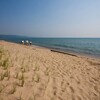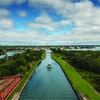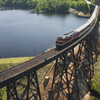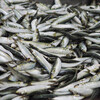
Sault Ste. Marie Locks
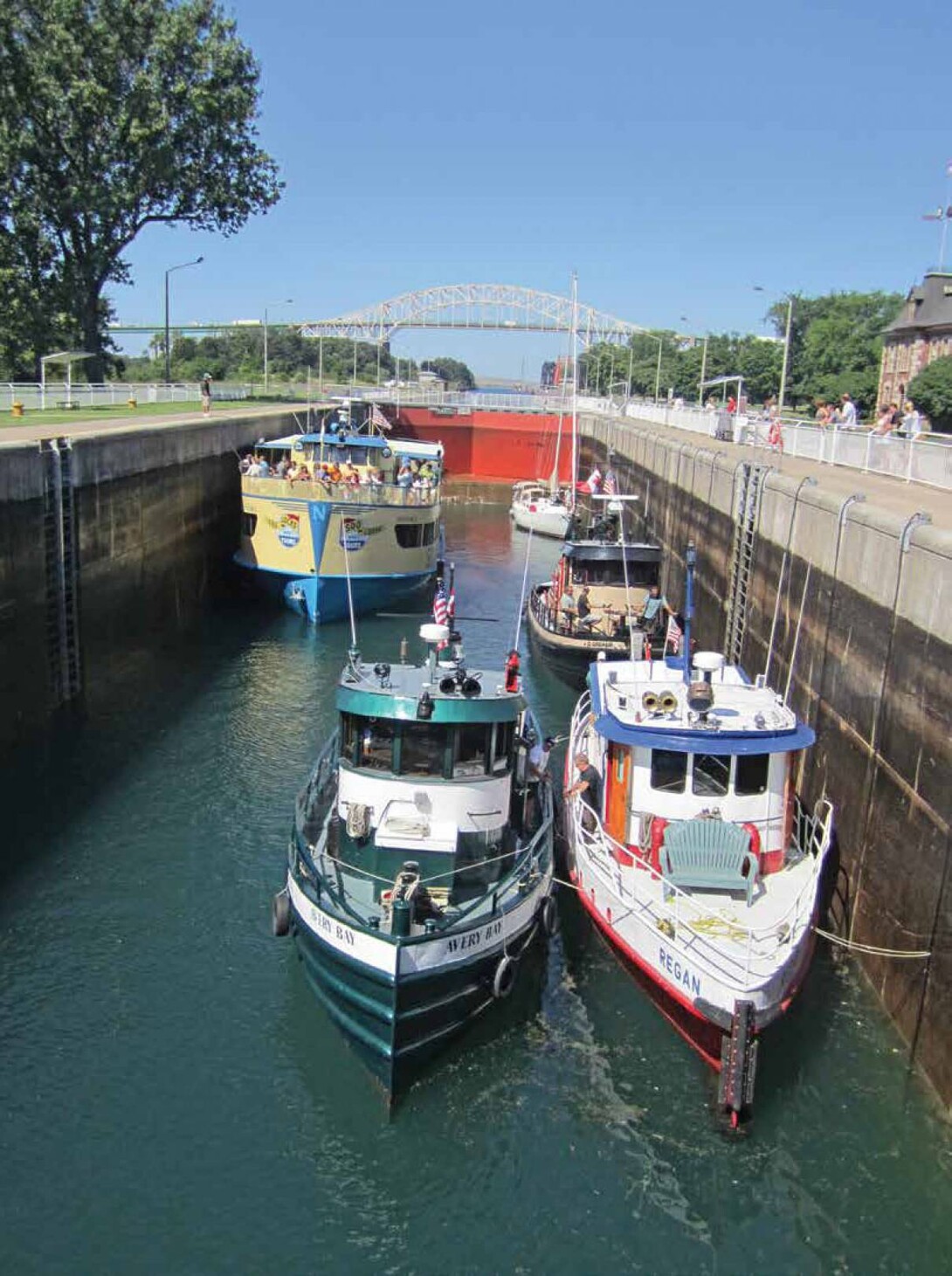
It’s a surreal experience to paddle a sea kayak into an imposing concrete, steel-clad chamber and feel the water level slowly rising beneath your boat. On a sunny July day, I’m retracing the upper St. Lawrence Seaway, paddling the St. Mary’s River through downtown Sault Ste. Marie and locking through to Lake Superior.
Curious bystanders watched me call the lockmaster by marine radio, and when the sturdy lock gates folded open and I paddled into the 255-foot lock, even more gathered to snap photos of a bizarre scene: A man in a diminutive craft floating in the placid waters of an engineering feat and a stalwart symbol of self-sufficiency in Canada’s youth. The tumultuous St. Mary’s Rapids were an impediment to early travellers between Great Lakes Huron and Superior.
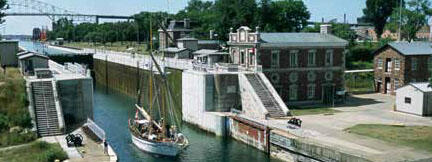
At the height of the fur trade in 1798, the Northwest Company built a rudimentary canoe lock to bypass the rapids on the Canadian shore of the river; and by 1855, the Americans had constructed a lock on the south side of the river to enable the passage of sailing and steam-powered vessels around St. Mary’s 22-foot vertical drop.
Efforts to develop a Canadian canal were sparked in 1870, when the U.S. turned back the Chicora, a Canadian military vessel en route west to quell the Louis Riel rebellion. After weeks of negotiating, the Americans allowed the Chicora to lock through – provided its military cargo was emptied and painstakingly portaged around the rapids on the Canadian side. Clearly, Canada needed self-sufficiency in navigating the international waters of the St. Mary’s River.
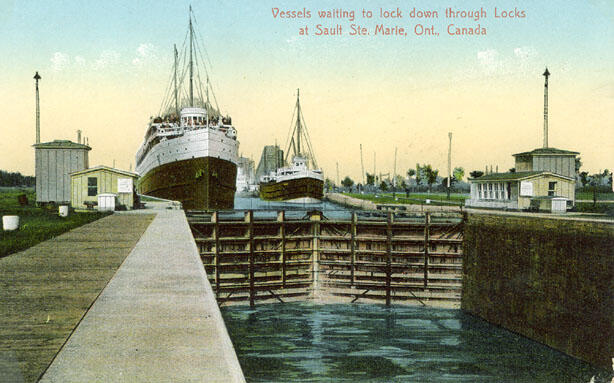
The monumental task of building a Canadian lock began in 1889, with workers blasting through sandstone bedrock to cut a 2.2-kilometre-long canal. Limestone was imported from Windsor and Manitoulin Island to line the lock walls and foundries in Owen Sound, Welland, Toronto and Montreal supplied cast-iron valves and precision-cut machinery for the lock gates. The original lock chamber was the longest in the world, measuring 900 by 60 feet.
Floating in the lock feels like riding an aquatic elevator. It takes about 10 minutes for water levels to adjust – scarcely enough time to consider the marvels of engineering that went into the canal’s construction. I try to picture the dozens of openings on the floor of the canal releasing water into the sealed chamber, raising the level inside the lock with little sign of turbulence on the surface. Four valves at each end of the lock were once powered by hydroelectricity generated on-site, an engineering first. Meanwhile, a massive steel dam looms just upstream – once a sentinel ready to be deployed in case of an emergency.
This structure saved the lock in 1909, when a miscommunication between a ship’s engineer and captain resulted in a collision that breached the downstream gates, releasing a torrent of water that was promptly abated by the emergency swing dam. This type of swing dam was one of nine ever built; the first built on the Panama Canal in Central America, and is “preserved today as an example of 19th century technology,” says Cowen.
After eight decades of service, the lock was transferred to Parks Canada in 1979. The Sault Ste. Marie Canal National Historic Site of Canada has a mandate to educate the public about its historical and cultural significance. Inside the original administration building, which was constructed from sandstone blocks quarried on-site, displays demonstrating the inner workings of the lock form the core of Parks Canada’s visitor centre. Maps show the location of the canal in Sault Ste. Marie and the St. Lawrence Seaway, and historical photographs capture the hardships of the construction project. Commercial ships now transit the larger American locks, while the Canadian lock has been refurbished for pleasure craft – including powerboats, sailboats and canoes and kayaks – to use in the summer months.
The park-like atmosphere of the grounds belie its industrial past, with towering hardwood trees, gardens, paved pathways and sweeping lawns making it a popular place for picnics. The Superintendent’s Residence, a stately Victorian with lofty ceilings, fireplaces, hardwood floors and separate servants’ quarters, provides a taste of the upper-crust lifestyle of the canal’s lead hand. A narrow walk across the lock gates offers access to the trails of South St. Mary’s Island, Whitefish Island, and the St. Mary’s Rapids – oases of forest, lagoons and rushing water in the heart of the city.
Cowen lists the unique architecture and spectacular view of the Sault Ste. Marie waterfront as her canal favourites. “Given its historical significance and enduring popularityas a destination,” she says, “it truly represents a cornerstone of our community.”
Recommended Articles

Looking back on winter!

Fall in love with the colours and the season

Paddle To Paradise

Curious to see what happens in SSM?

An Epic Adventure Bucket List

Find Out Where To Heat Things Up In The City!

Explore the creative trail of the group of seven

Greater Expectations in Sault Ste. Marie

Gone Fishing: Four Seasons Of Fly Fishing In The St. Mary's Rapids!

Picnic Perfect

Game On!

Where to find the wild side of winter

6 New Places You Must Visit

Good Things Come To Those Who Bait

First-Rate Sport Facilities

Sault Ste. Marie's Best Festivals And Events: April 24 - Dec 31 2015!

September Is About Mud and Music: Your Guide Where To Find It In Sault Ste. Marie

Gros Cap Bluffs: A Snowshoe and Hiking Paradise Just 20 Minutes West Of SSM

Dream The Dream: The Musical Comedy Guild Takes You Behind The Scenes of Les Misérables






